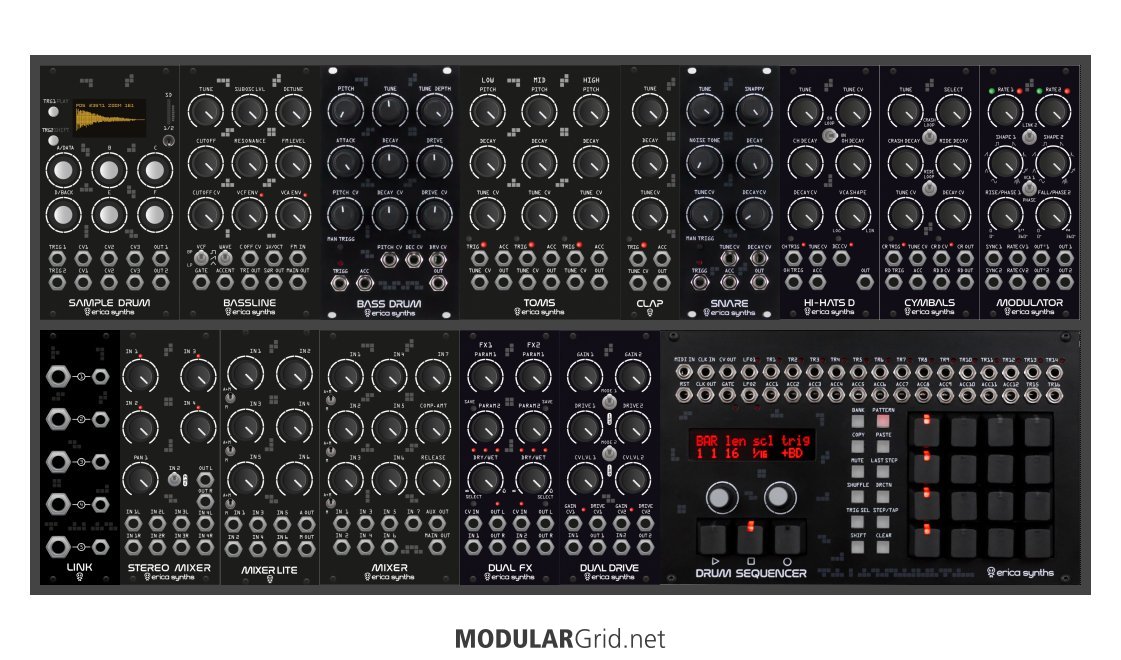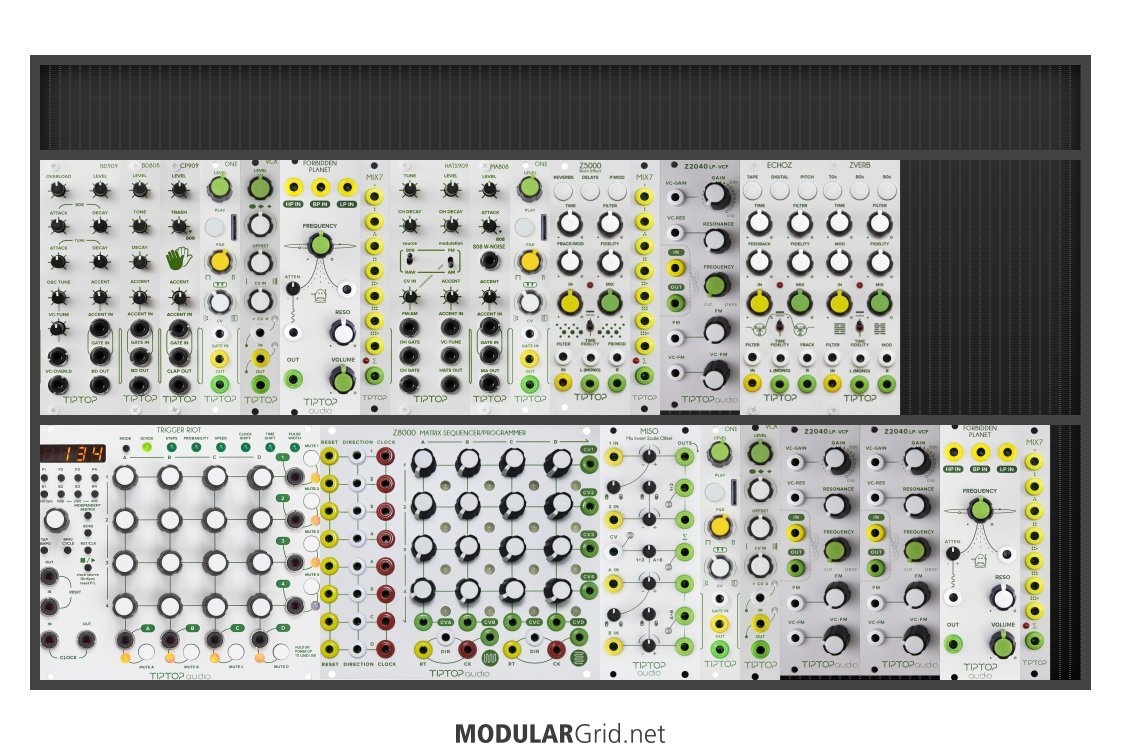NP
no idea about Befaco Percall - although I have a few of their modules and power supplies this is not one of them - they are usually pretty decent - all mine are diy - I think SynthDIYGuy does a good youtube demo of this module (he often builds them and then demos them sometimes in separate videos)
modulation? big topic and I see you asking about utilities too, here's my take:
in my opinion:
you are better off with fewer sound sources than sound modifiers
you are better off with fewer sound sources than modulation sources
you are better off with fewer modulation sources than utilities
in other words
sound sources < sound modifiers < modulation sources < utilities
where modulation sources and utilities are at least 50% - possibly more if sequencers and any output modules are to be considered utilities
this is because:
you can mult (utility) a sound source and send it to multiple sound modifiers through separate vcas (utility) opened and closed by different envelope generators (modulation)
you can mult (utility) a sound modifier and send it to multiple mixer (utility) or vca (utility) channels
sound sources and sound modifiers usually have quite a few modulation inputs each some of which may need attenuators (utility) before them
you can mult (utility), modify (utility) and mix (utility) modulation sources and send them to many modulation inputs
etc etc - see how often the word utility pops up
but a sound source could be a trio of VCOs, or a complex oscillator, or a complete voice or have 3 outputs and get counted as 3, or also be an lfo and get counted as modulation too or a modulation source could be a quad in which case it probably counts as more than one
what it boils down to is in all probability you will need more mixers of various types and cascading vcas and other utilities than you think you do now
but take all this with a pinch of salt - but - it depends on you and how you patch - for example you might need only one or 2 vcas per voice, you might need 10, you might want 16 you might not want any
buy modules as you feel you need them.. if you think you could use another XYZ module then pick that up - that's why it's useful to have a swiss army knife module such as disting - you can immediately grab that extra vca or delay or whatever that you need and if you keep needing it replace it with an actual module and then disting is free to plug whatever gap comes up next
"some of the best base-level info to remember can be found in Jim's sigfile" @Lugia
Utility modules are the dull polish that makes the shiny modules actually shine!!!
sound sources < sound modifiers < modulation sources < utilities



